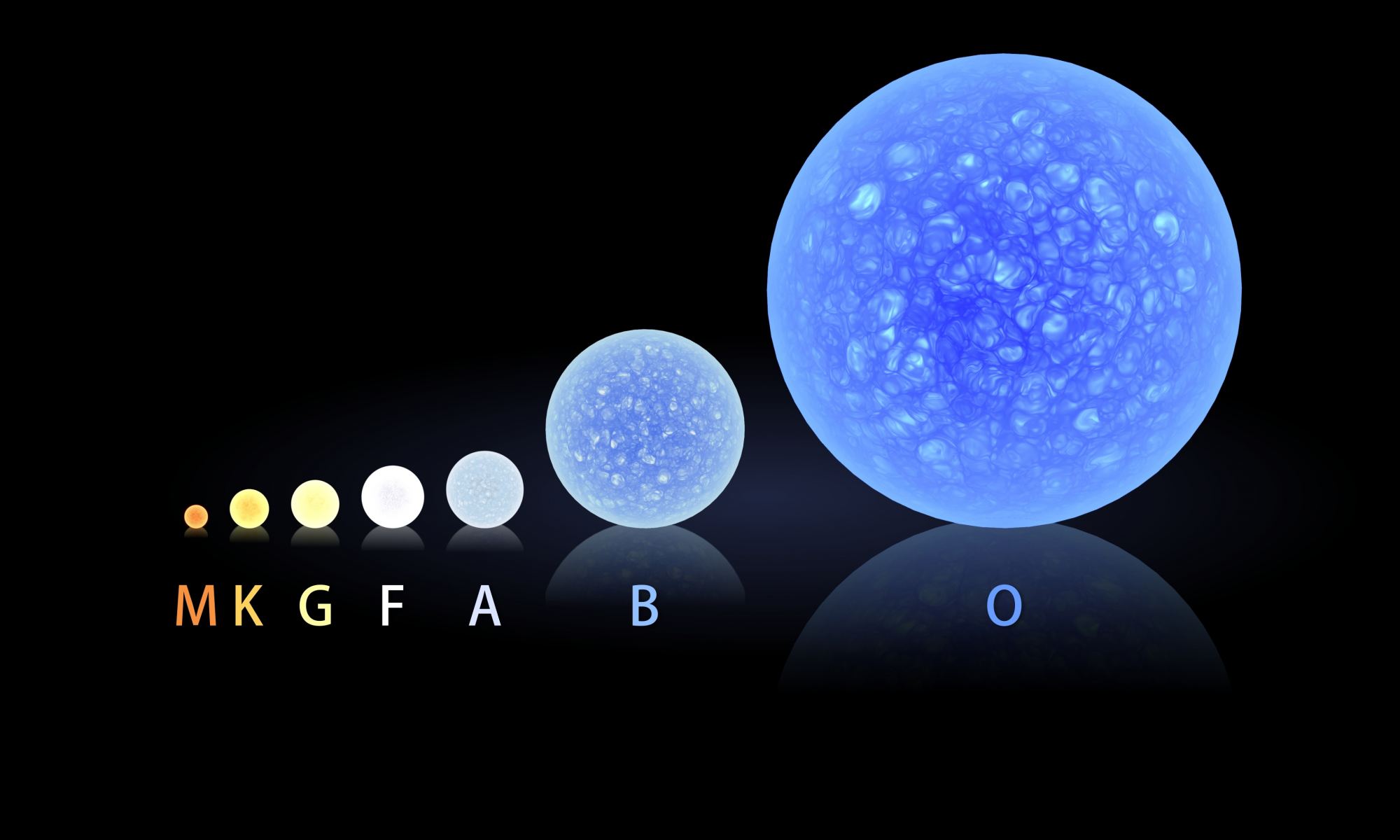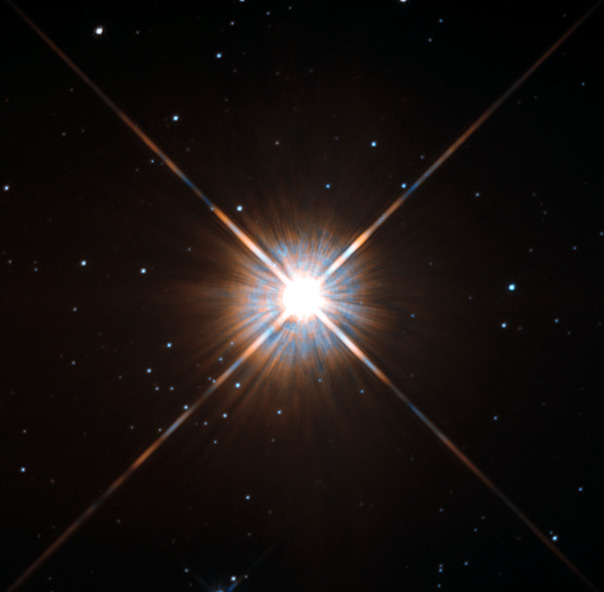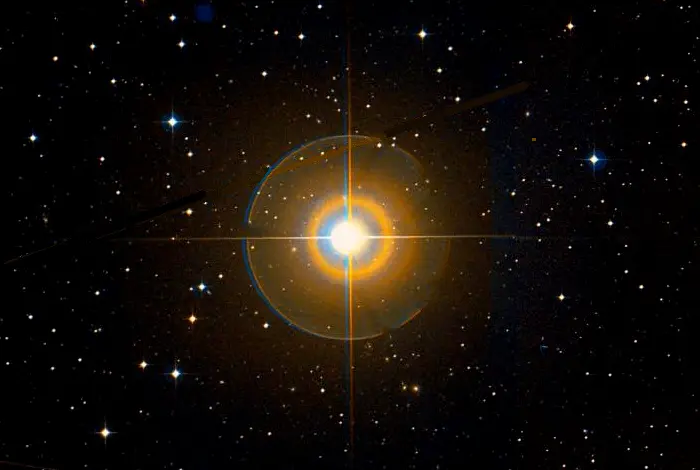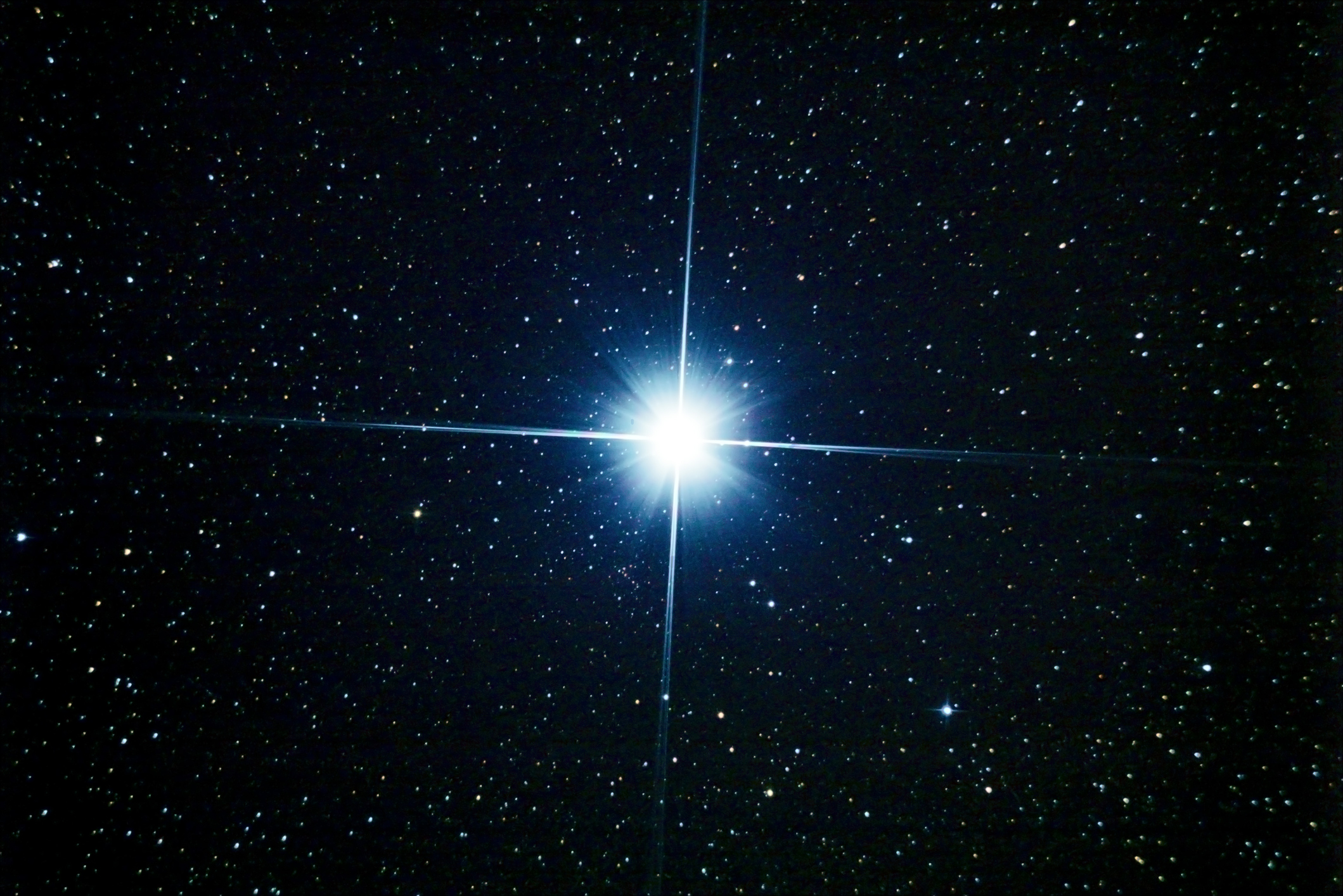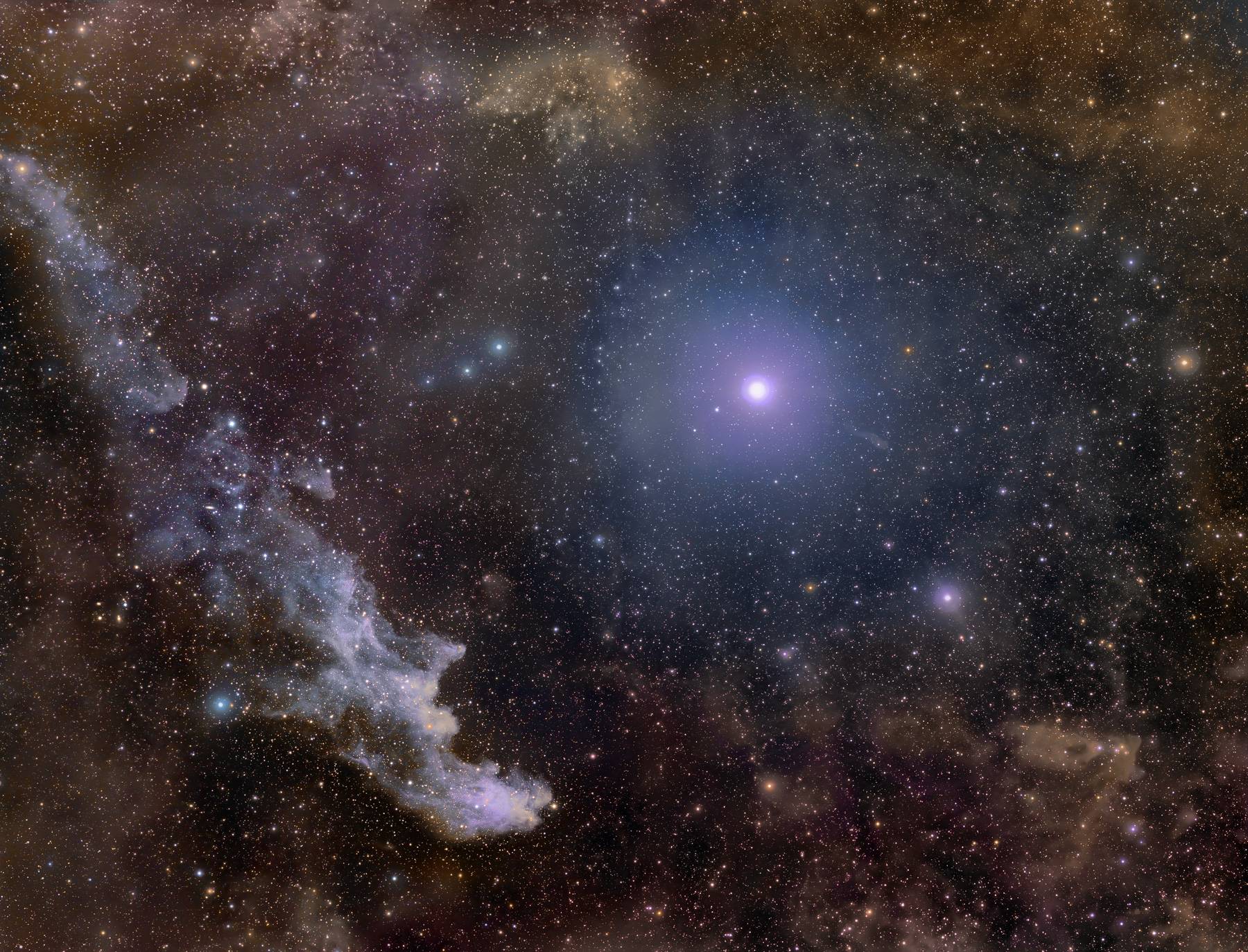Main Sequence
About the Main Sequence
The main sequence is a continuous and prominent band of stars that appears on the Hertzsprung-Russell (H-R) diagram, representing the majority of a star's life cycle. Stars on the main sequence generate energy through the nuclear fusion of hydrogen into helium in their cores, which provides the pressure needed to counteract gravitational collapse. The main sequence includes a wide range of stars, from massive, hot, and luminous blue stars at the upper left of the H-R diagram to smaller, cooler, and dimmer red stars at the lower right. The position of a star on the main sequence is determined by its mass, with more massive stars burning hotter and faster, leading to shorter lifespans, while less massive stars burn fuel more slowly, lasting billions to trillions of years.
Main Sequence Characteristics
| Class | Mass (☉) | Temperature (°F) | Lifespan (Years) |
|---|---|---|---|
| O0-O9 | 16-210 ☉ | 71,540°F-107,540°F | ~1-10 million |
| B0-B9 | 2.26-16 ☉ | 19,220°F-59,060°F | 10-100 million |
| A0-A9 | 1.75 - 2.18 ☉ | 12,140°F-16,898°F | 400 million-3 billion |
| F0-F9 | 1.13-1.61 ☉ | 10,790°F-12,940°F | 2-4 billion |
| G0-G9 | 0.90-1.06 ☉ | 9,704°F-10,706°F | 8-15 billion |
| K0-K9 | 0.59-0.88 ☉ | 7,076°F-9,518°F | 15-30 billion |
| M0-M9 | 0.08-0.57 ☉ | 4,316°F-7,202°F | 70+ billion |
Nearby and Notable Examples
The stars in this table represent some of the nearest and most notable examples across different stellar classes, offering a glimpse into the variety of stars in our cosmic neighborhood. Proxima Centauri, an M5 red dwarf, is the closest star to the Sun at just 4.24 light-years, notable for its small mass (0.1221 ☉) and low temperature (6,460°F). Toliman (Alpha Centauri B), a K1V orange dwarf located 4.37 light-years away, is part of the Alpha Centauri system, the closest stellar system to Earth, and has a slightly larger mass (0.907 ☉). The Sun, or Sol, a G2V star, is the nearest star to us, serving as the benchmark for understanding other stars.
Procyon, an F5 white star 11.46 light-years away, is one of the brightest stars in the night sky and notable for its mass (1.478 ☉) and higher temperature (11,540°F). Sirius, an A1V star just 8.6 light-years away, is the brightest star visible from Earth due to its proximity and high luminosity. Regulus, a B8V star 79 light-years away, is a notable blue-white star at the heart of the Leo constellation. Finally, Zeta Ophiuchi, an O9.5V star 366 light-years away, is a massive, luminous blue giant, showcasing the extremes of stellar mass and temperature (19.2 ☉ and 59,540°F). These stars demonstrate the diversity and significance of our closest stellar neighbors.
Notable Examples
| Name | Class | Mass ☉ | Temperature °F | Distance LY |
|---|---|---|---|---|
| Proxima | M5 | 0.1221 ☉ | 6,460°F | 4.24 LY |
| Toliman | K1V | 0.907 ☉ | 8,600°F | 4.37 LY |
| Sol | G2V | 1.0 ☉ | 9,932°F | 0 LY |
| Procyon | F5 | 1.478 ☉ | 11,540°F | 11.46 LY |
| Sirius | A1V | 2.063 ☉ | 17,540°F | 8.6 LY |
| Regulus | B8V | 3.8 ☉ | 22,460°F | 79 LY |
| Zeta Ophiuchi | O9.5V | 19.2 ☉ | 59,540°F | 366 LY |
Class M
A Class M star, or red dwarf, is the coolest and most common star type, with surface temperatures of 2,400–3,700 K and a red-orange hue. These small stars have masses 0.08–0.6 times that of the Sun and emit low energy, making them dim and difficult to observe despite their abundance. Known for their extraordinary longevity, Class M stars burn hydrogen slowly, lasting tens to hundreds of billions of years.
Red dwarfs often show strong magnetic activity, producing powerful flares with high-energy radiation. They frequently host planets, including Earth-sized ones in their habitable zones where liquid water might exist. However, close proximity to the star exposes these planets to harmful stellar flares. Proxima Centauri, the nearest star to the Sun, is a prominent example of a Class M star.
Class M Stars Charecteristics
| Class | Mass (M☉) | Radius (R☉) | Temperature (°F) | Lifespan (years) |
|---|---|---|---|---|
| M0 | 0.54–0.58 | 0.56–0.59 | 6,620–6,960°F | 39–47 billion |
| M1 | 0.44–0.54 | 0.45–0.55 | 6,420–6,620°F | 47–78 billion |
| M2 | 0.39–0.44 | 0.40–0.45 | 6,194–6,420°F | 78–105 billion |
| M3 | 0.29–0.39 | 0.35–0.40 | 5,788–6,194°F | 105–221 billion |
| M4 | 0.19–0.29 | 0.25–0.35 | 5,504–5,788°F | 221–635 billion |
| M5 | 0.15–0.19 | 0.20–0.25 | 5,078–5,504°F | 0.635–1.36 trillion |
| M6 | 0.10–0.14 | 0.12–0.20 | 4,844–5,078°F | 1.36–3.16 trillion |
| M7 | 0.09–0.10 | 0.11–0.12 | 4,658–4,844°F | 3.16–4.12 trillion |
| M8 | 0.085–0.09 | 0.10–0.11 | 4,316–4,658°F | 4.12–4.75 trillion |
| M9 | 0.079–0.085 | 0.09–0.10 | 4,000–4,316°F | 4.75–5.7 trillion |
Class K
A Class K star is an orange-hued star that falls between hotter, more luminous Class G stars (like the Sun) and cooler, dimmer Class M stars. Class K stars are long-lived, often burning their nuclear fuel for tens of billions of years due to their relatively low energy output. This longevity and stability make them intriguing candidates for hosting potentially habitable exoplanets in their habitable zones. These zones are closer to the star than the Earth-Sun distance, as K stars emit less heat.
Class K stars play a significant role in stellar evolution and galactic composition, bridging the gap between the Sun-like stars and the cooler, dimmer red dwarfs. Their stability and longevity make them important targets in the search for extraterrestrial life. Class K stars play a significant role in stellar evolution and galactic composition, bridging the gap between the Sun-like stars and the cooler, dimmer red dwarfs. Their stability and longevity make them important targets in the search for extraterrestrial life.
Class K Stars Charecteristics
| Class | Mass (M☉) | Radius (R☉) | Temperature (°F) | Lifespan (years) |
|---|---|---|---|---|
| K0 | 0.85–0.88 | 0.81–0.83 | 9,518–9,878°F | 15–15.02 billion |
| K1 | 0.83–0.85 | 0.79–0.81 | 9,302–9,518°F | 15.02–15.94 billion |
| K2 | 0.80–0.83 | 0.78–0.79 | 9,122–9,302°F | 15.94–17.47 billion |
| K3 | 0.75–0.80 | 0.75–0.78 | 8,686–9,122°F | 17.47-20.53 billion |
| K4 | 0.70–0.75 | 0.71–0.75 | 8,300–8,686°F | 20.53–24.32 billion |
| K5 | 0.68–0.70 | 0.70–0.71 | 8,012–8,300°F | 24.32–26.23 billion |
| K6 | 0.66–0.68 | 0.66–0.70 | 7,772–8,012°F | 26.23–28.26 billion |
| K7 | 0.62–0.66 | 0.63–0.66 | 7,388–7,772°F | 28.26–33.04 billion |
| K8 | 0.60–0.62 | 0.61–0.63 | 7,202–7,388°F | 33.04–35.86 billion |
| K9 | 0.58–0.60 | 0.60–0.61 | 7,076–7,202°F | 35.86–39.03 billion |
Class G
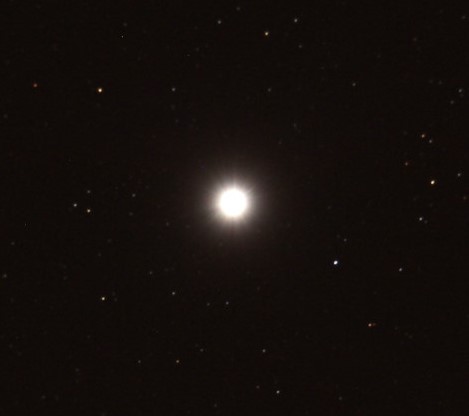
Calling these stars yellow dwarfs isn't entirely accurate as they a appear white, to white yellow, late stages have more yellow and early stages have more white. A Class G star is a yellow-hued star that includes the Sun, characterized by surface temperatures ranging from 5,200 to 6,000 K. Their light appears yellow to white, and they represent about 7.5% of the stars in the Milky Way. Their balance of size, brightness, and stability makes them central to understanding the conditions that support life. Class G stars burn hydrogen in their cores through nuclear fusion, a process that lasts approximately 10 billion years for stars like the Sun. After this phase, they expand into red giants before shedding their outer layers and ending as white dwarfs. These stars are stable and provide consistent energy output, making them ideal for supporting planetary systems and potentially habitable worlds
Class G Stars Charecteristics
| Class | Mass (M☉) | Radius (R☉) | Temperature (°F) | Lifespan (years) |
|---|---|---|---|---|
| G0 | 1.04–1.06 | 1.09–1.10 | 10,706–10,762°F | 8.65–9.1 billion |
| G1 | 1.02–1.04 | 1.05–1.09 | 10,618–10,706°F | 9.1–9.52 billion |
| G2 | 1.00–1.02 | 1.01–1.05 | 10,396–10,618°F | 9.52–10 billion |
| G3 | 0.98–1.00 | 1.00–1.01 | 10,348–10,396°F | 10–10.52 billion |
| G4 | 0.97–0.98 | 0.99–1.00 | 10,304–10,348°F | 10.52–10.79 billion |
| G5 | 0.96–0.97 | 0.97–0.99 | 10,268–10,304°F | 10.79–11.08 billion |
| G6 | 0.94–0.96 | 0.95–0.97 | 10,040–10,268°F | 11.08–11.68 billion |
| G7 | 0.92–0.94 | 0.92–0.95 | 9,940–10,040°F | 11.68–12.32 billion |
| G8 | 0.90–0.92 | 0.91–0.92 | 9,836–9,940°F | 12.32–13 billion |
| G9 | 0.88–0.90 | 0.85–0.91 | 9,704–9,836°F | 13.77–13 billion |
Class F
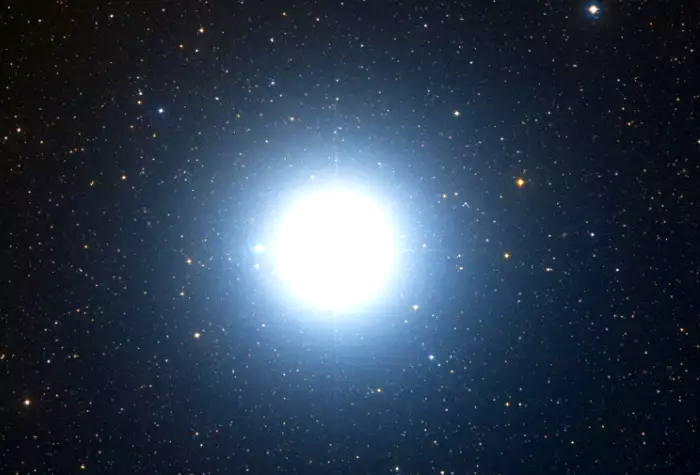
A Class F star is a white to yellow-white main sequence star with surface temperatures ranging from 6,000 to 7,500 K. These stars are hotter, more massive, and more luminous than Class G stars, with masses between 1.0 and 1.4 times that of the Sun and luminosities ranging from 1.5 to 5 times the Sun's brightness. Their light appears brighter and whiter with due to their higher temperature.
Class F stars burn hydrogen through nuclear fusion in their cores and have shorter lifespans compared to cooler stars, typically lasting a few billion years. They are often surrounded by planetary systems, with habitable zones farther from the star due to their higher energy output. However, their relatively strong ultraviolet radiation can pose challenges for planetary atmospheres and the potential for life. Their brightness and position in the stellar evolution spectrum make them important for studying the transition between cooler stars like the Sun and hotter, more massive stars.
Class F Stars Charecteristics
| Class | Mass (M☉) | Radius (R☉) | Temperature (°F) | Lifespan (years) |
|---|---|---|---|---|
| F0 | 1.59–1.61 | 1.71–1.73 | 12,940–13,004°F | 3–3.63 billion |
| F1 | 1.48–1.50 | 1.67–1.71 | 12,628–12,940°F | 3.63–3.76 billion |
| F2 | 1.44–1.48 | 1.62–1.67 | 12,260–12,628°F | 3.76-4.01 billion |
| F3 | 1.42–1.44 | 1.57–1.62 | 12,186–12,260°F | 4.01-4.16 billion |
| F4 | 1.36–1.42 | 1.53–1.57 | 12,056–12,186°F | 4.16-4.64 billion |
| F5 | 1.31–1.36 | 1.47–1.53 | 11,822–12,056°F | 4.64-5 billion |
| F6 | 1.23–1.31 | 1.35–1.47 | 11,420–11,822°F | 5-6 billion |
| F7 | 1.19–1.23 | 1.32–1.35 | 11,284–11,420°F | 6–6.47 billion |
| F8 | 1.16–1.19 | 1.22–1.32 | 11,096–11,284°F | 6.47-6.9 billion |
| F9 | 1.08–1.16 | 1.16–1.22 | 10,790–11,096°F | 6.9–8.25 billion |
Class A
A Class A star is a hot, white or bluish-white main sequence star with surface temperatures ranging from 7,500 to 10,000 K. These stars are more massive and luminous than the Sun, with masses between 1.4 and 2.1 times that of the Sun and luminosities 5 to 25 times greater. Their high temperatures and brightness make them prominent and easy to observe, often appearing as bright white stars in the night sky.
Class A stars emit significant ultraviolet radiation and are typically surrounded by debris disks, which may host planetary systems. However, their relatively short lifespans—hundreds of millions to about a billion years—limit the likelihood of advanced life developing around them. Their spectra are defined by strong hydrogen absorption lines, with additional features from ionized metals such as calcium and magnesium. These stars play an important role in stellar astrophysics, bridging the gap between cooler, longer-lived stars and the more massive, hotter stars of spectral classes B and O.
Class A Stars Charecteristics
| Class | Mass (M☉) | Radius (R☉) | Temperature (°F) | Lifespan (years) |
|---|---|---|---|---|
| A0 | 2.15–2.18 | 2.18–2.20 | 16,898–17,450°F | 1.43–1.48 billion |
| A1 | 2.02–2.15 | 2.13–2.18 | 16,040–16,898°F | 1.48–1.73 billion |
| A2 | 1.96–2.02 | 2.11–2.13 | 15,260–16,040°F | 1.86-1.73 billion |
| A3 | 1.91–1.96 | 1.85–2.11 | 15,080–15,260°F | 1.86–2.03 billion |
| A4 | 1.89–1.91 | 1.79–1.85 | 14,018–15,080°F | 1.98–2.03 billion |
| A5 | 1.87–1.89 | 1.78–1.79 | 13,940–14,018°F | 2.03–2.09 billion |
| A6 | 1.85–1.87 | 1.77–1.78 | 13,330–13,940°F | 2.09–2.15 billion |
| A7 | 1.79–1.85 | 1.75–1.77 | 12,948–13,330°F | 2.15–2.3 billion |
| A8 | 1.76–1.79 | 1.74–1.75 | 12,680–12,948°F | 2.3–2.4 billion |
| A9 | 1.67–1.76 | 1.74–1.74 | 12,140–12,680°F | 2.4-2.7 billion |
Class B
A Class B star is a hot, blue-white star with surface temperatures ranging from 10,000 to 30,000 K. These stars are highly luminous, emitting intense ultraviolet radiation, and have masses ranging from 2 to 16 times that of the Sun, with luminosities tens to thousands of times greater than the Sun's. Their high temperatures and brightness make them prominent in the night sky, often appearing as bright blue-white points.
Class B stars burn hydrogen rapidly through nuclear fusion, giving them short lifespans of only tens of millions of years. Due to their massive size and high energy output, they play a significant role in the evolution of the interstellar medium by producing heavy elements and driving powerful stellar winds that shape their surroundings. These stars are often found in young stellar clusters and regions of active star formation. While they can have planetary systems, their intense radiation and short lifespans make the development of habitable conditions unlikely.
Class B Stars Charecteristics
| Class | Mass (M☉) | Radius (R☉) | Temperature (°F) | Lifespan (years) |
|---|---|---|---|---|
| B0 | 15.0–17.7 | 7.14–7.16 | 56,500–66,920°F | 12–7.6 million |
| B1 | 10.8–15.0 | 5.69–5.71 | 46,400–56,500°F | 26–12 million |
| B2 | 7.2–10.8 | 4.04–4.06 | 36,680–46,400°F | 72–26 million |
| B3 | 5.3–7.2 | 3.59–3.61 | 30,260–36,680°F | 155–72 million |
| B4 | 5.0–5.3 | 3.44–3.46 | 29,680–30,260°F | 220–155 million |
| B5 | 4.6–5.0 | 3.34–3.36 | 28,340–29,680°F | 220–179 million |
| B6 | 4.2–4.6 | 3.25–3.27 | 26,620–28,340°F | 277–220 million |
| B7 | 3.9–4.2 | 2.92–2.94 | 25,340–26,620°F | 356–277 million |
| B8 | 3.3–3.8 | 2.84–2.86 | 22,340–25,340°F | 506–356 million |
| B9 | 2.26–3.3 | 2.47–2.49 | 19,220–22,340°F | 505–1,303 million |
Class O
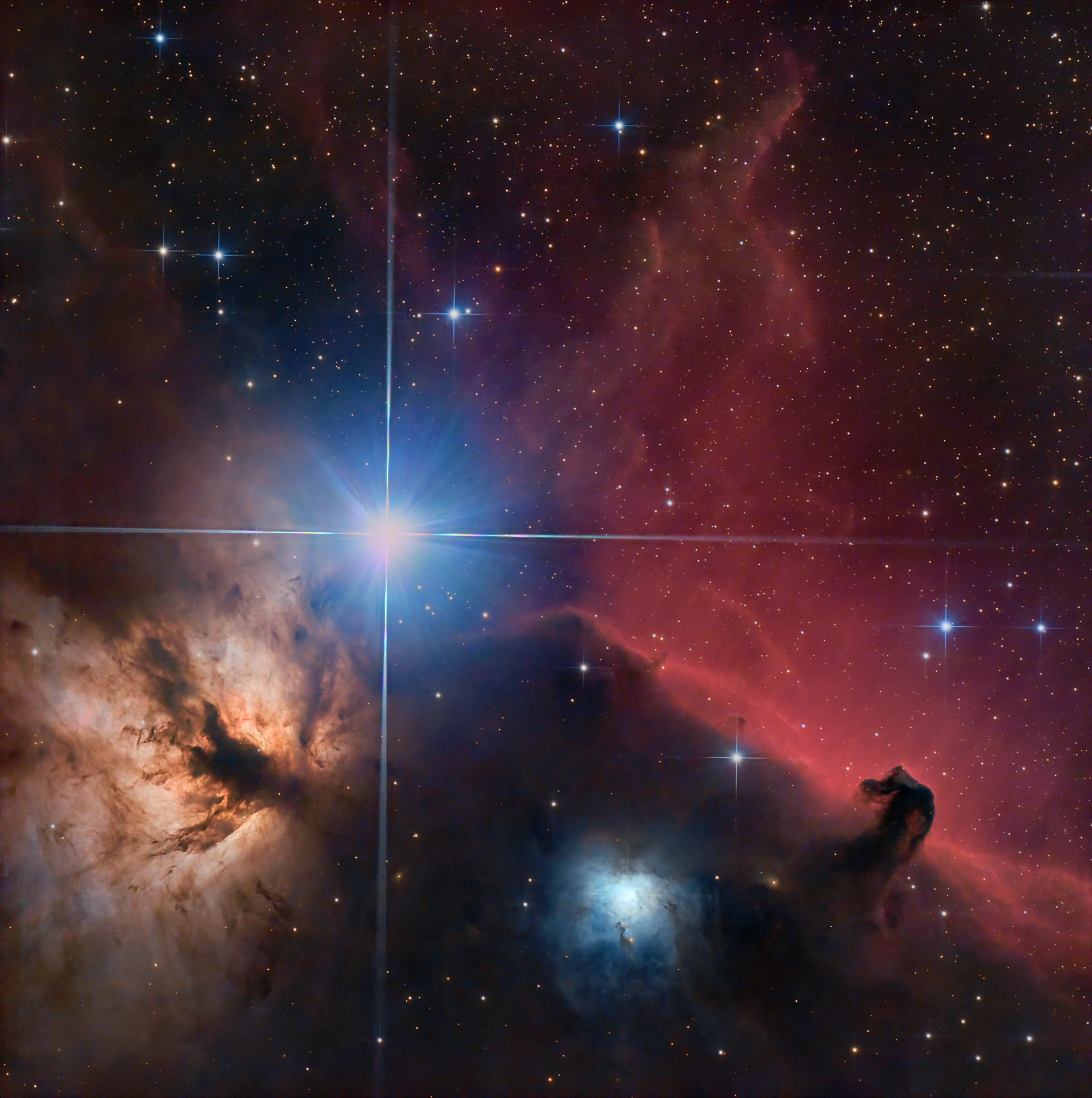
A Class O star is the hottest and most massive type of star, with surface temperatures exceeding 30,000 K. These stars emit intense blue or blue-white light and are extraordinarily luminous, often shining tens of thousands to over a million times brighter than the Sun. They have masses ranging from 16 to over 100 times that of the Sun and extremely high rates of energy output, including copious ultraviolet radiation.
Class O stars have short lifespans of just a few million years due to their rapid nuclear fusion rates. They are rare, comprising less than 0.00003% of stars, but they are critical to the structure and evolution of galaxies. Their powerful stellar winds and supernova explosions inject heavy elements into the interstellar medium and shape nearby star-forming regions. These stars are typically found in young stellar clusters and active star-forming regions. Their extreme heat, radiation, and aforementioned short lifespans make it highly unlikely for planets to form or sustain life around them.
Class O Stars Charecteristics
| Class | Mass (M☉) | Radius (R☉) | Temperature (°F) | Lifespan (years) |
|---|---|---|---|---|
| O2 | 120-210 | 15.0-18.0 | 80,820-107,540°F | 0.1-1 million |
| O3 | 118–120 | 14.8–15.0 | 80,380–80,820°F | 1–2 million |
| O4 | 83–85.31 | 13.2–13.43 | 77,020–80,380°F | 2–3 million |
| O5 | 58–60 | 11.8–12.0 | 74,120–77,020°F | 3–4 million |
| O6 | 42–43.71 | 10.5–10.71 | 70,460–74,120°F | 4–5 million |
| O7 | 29–30.85 | 9.3–9.52 | 66,260–70,460°F | 5-6 million |
| O8 | 21–23 | 8.3–8.5 | 62,140–66,260°F | 6-10 million |
| O9 | 15.97–19.63 | 7.4–7.51 | 59,060–62,140 | 7-10 million |
